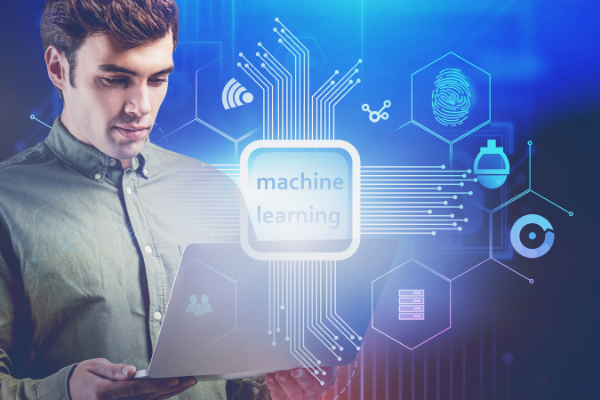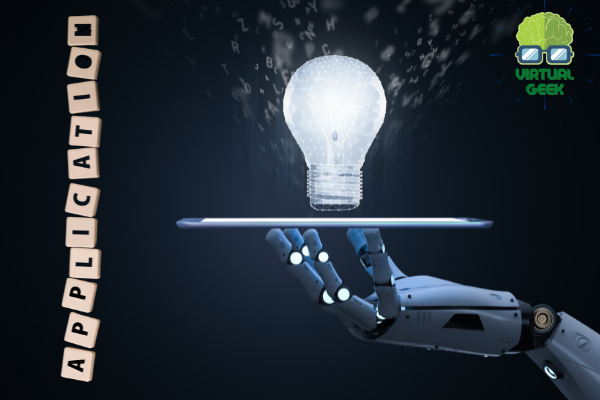Let’s take a look at the main industries that will benefit from Machine Learning advances and the benefits and advantages that this will provide.
Image recognition is a technology that’s grounded on the capability of software to identify people, places, everyday objects or indeed places grounded on their terrain.
Image recognition is just one part of what’s called” computer vision” which encompasses numerous other effects in its practical side similar as videotape object shadowing, image reconstruction or discovery and isolation of different events. On its further specialized side, computer vision includes the different styles of collecting information, assaying this information and processing it.
The most effective tool plant for the task of image recognition is the convolutional neural network( CNN). CNN is an armature designed to efficiently reuse, relate and understand a large quantum of data in the form of high resolution images.
Traditional neural networks use a completely connected armature where each neuron in one subcaste is connected to all neurons in the coming subcaste, still, this completely connected armature is hamstrung when it comes to recycling image data for 3 main reasons:
-
For an average image with hundreds of pixels and three channels, a traditional neural network will induce millions of parameters, which can lead toover-fitting.
-
The model would be veritably computationally ferocious.
-
It may be delicate to interpret the results, remedy and tune the model to ameliorate its performance
Sentiment analysis( or opinion mining) uses natural language processing( NPL) and machine learning to interpret and classify feelings in private data. Sentiment analysis is frequently used in companies to descry different opinions on social networks, measure a brand’s character and understand guests.

Automatic analysis of client feedback, similar as opinions in check responses and exchanges on social networks, allows brands to hear precisely to their guests and acclimatize products and services to meet their requirements.
Main types of sentiment analysis in Machine Learning:
-
Detailed sentiment analysis.
-
Emotion discovery.
-
Aspect- grounded sentiment analysis.
Artificial intelligence technologies, similar as machine learning and deep learning, can do the monotonous and heavy lifting of nonstop monitoring that no human could do in the same quantum of time. In this way, they come intelligent eyes and cognizance that can warn, in real time, law enforcement to take action that can help crime.
In a public safety terrain, AI capabilities, programmed by humans and trained over time, could dissect thousands of videotape feeds to track and alert authorities to anomalies. Current videotape sources that AI could dissect include, precisely, those from CCTV, home videotape cameras, security services and smart cinches among others.
The results attained in the prognostications depend basically on the input data that we give, so if this work isn’t done duly the prognostications of the algorithms won’t be correct losing all that competitive advantage or indeed, occasionally, can have serious damage to the company.
” Microsoft’s Project Inner Eye” is an illustration of the operation of machine learning styles for the segmentation and identification of excrescences using 3D radiological images. Similar operations can be extensively salutary when planning surgery or radiotherapy, or for covering excrescence progression.
AI and data association ways allow us to uniquely address some of the most common problems in the healthcare system long waiting lists, huge bills in countries without a free public healthcare system, complex paperwork or not having access to the right healthcare professional.
Machine Learning takes the client touch point, tracks exertion in real time and predicts the coming stylish action grounded on stoner exertion. Machine learning predicts druggies’ future needs grounded on history, performing in upsell andcross-sell openings. The system indeed triggers hyperactive-individualized announcements to partake with the client, while the client is still on the call, similar as new products or service offers because the client in question searched for that particular keyword in the history.
DLSS or Deep Learning Super Sampling is a fashion for intelligent scaling created by NVIDIA, which can take an image rendered at a lower resolution and rescale it to a advanced resolution, therefore furnishing further performance than native picture. Nvidia introduced this fashion with the first generation of the RTX series of its plates cards, a chief in the generation of videotape game plates. DLSS isn’t just a fashion for upscaling or supersampling, but uses AI to intelligently increase the quality of the image that was rendered at a lower resolution to save image quality.





